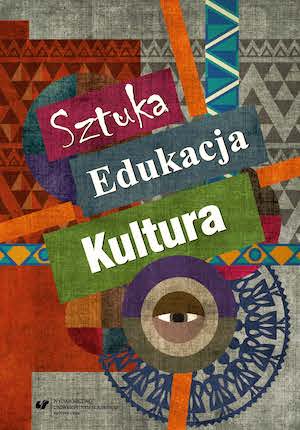
Roman Army, Saint Clement and beginnings of the Inkerman quarry
Римская армия, Святой Климент и начало добычи камня в каменоломнях Инкермана
Keywords: Roman Army; Roman Quarry; Saint Clement; Tauric Chersonesos; Taurica
The late antiquity tradition from maintains that the emperor Trajan banished Pope Clement to the Crimea to work in the Tauric Chersonesos' quarry. According to these legends, the Pope suffered a martyr's death at the place of exile, drowned in the sea with an anchor tied to his neck. The credibility of that testimony was often questioned. The authors of the present contribution try to argue that some elements of the above mentioned tradition could have contained a core of truth, tough an unexpected one. The analysis of stone remains of Tauric Chersonesos' fortifications may serve as an evidence that the limestone quarry was working at Inkermann under the supervision of the Roman army. However, the earliest activity of that kind can be dated to the times of Antoninus Pius. The present state of research precludes dating it back to the reign of Trajan. Therefore, it seems that the local tradition about stone quarry presence was later mingled with the legends about Pope Clement's martyrdom.
More...
